This is what the future looked like in 1999. A future that, in Audi’s view, relied on clever packaging, lightweight aluminium construction and, er, diesel engines.
The 90hp 1.4-litre TDI, introduced in 2003 and tested here, could return 65.7mpg. That was groundbreaking 12 years ago – and is still very respectable today.
So, what else do you need to know about the Audi A2? How does it drive – and should you buy one?
What are its rivals?
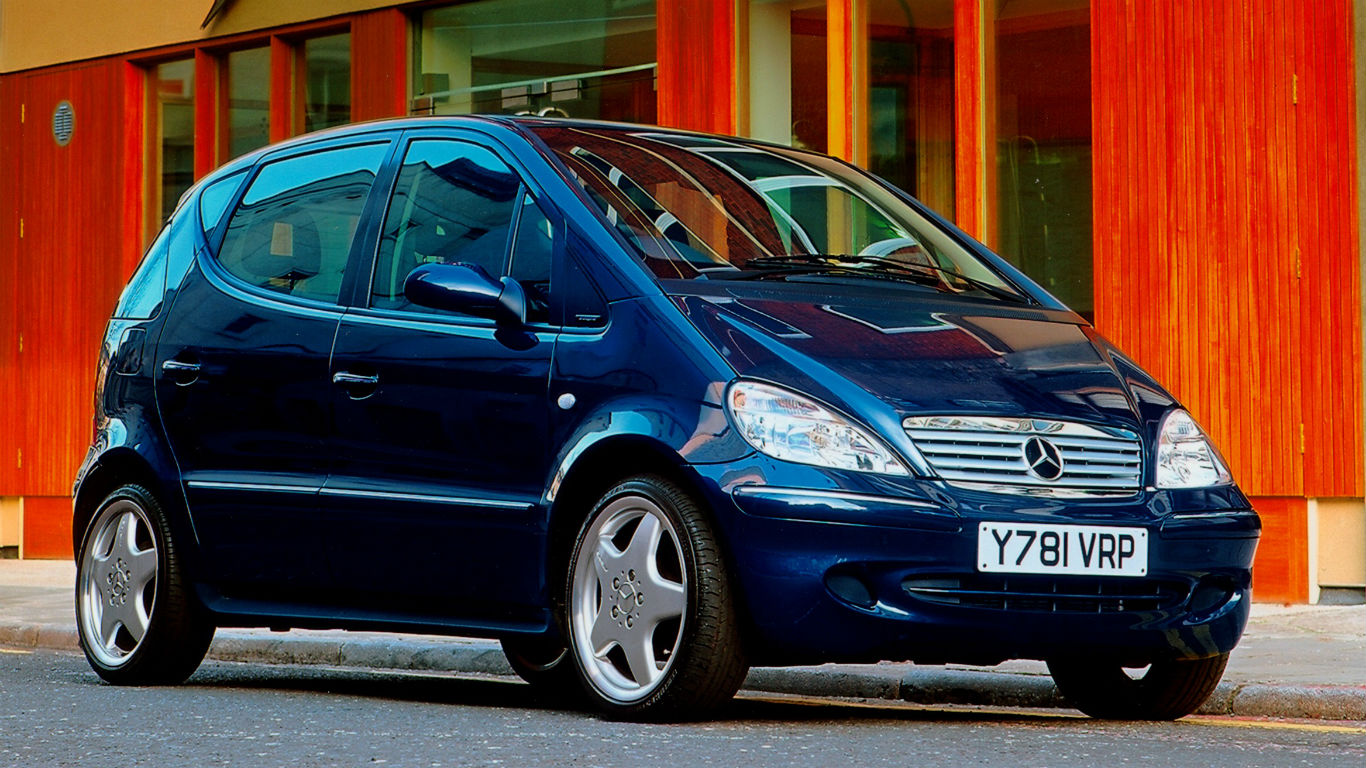
The Audi A2’s biggest rival when new came from fellow German manufacturer, Mercedes-Benz. Remember the original, supermini-on-stilts A-Class?
You could compare its MPV-style design with the Honda Jazz, but you probably shouldn’t.
What engine does it use?
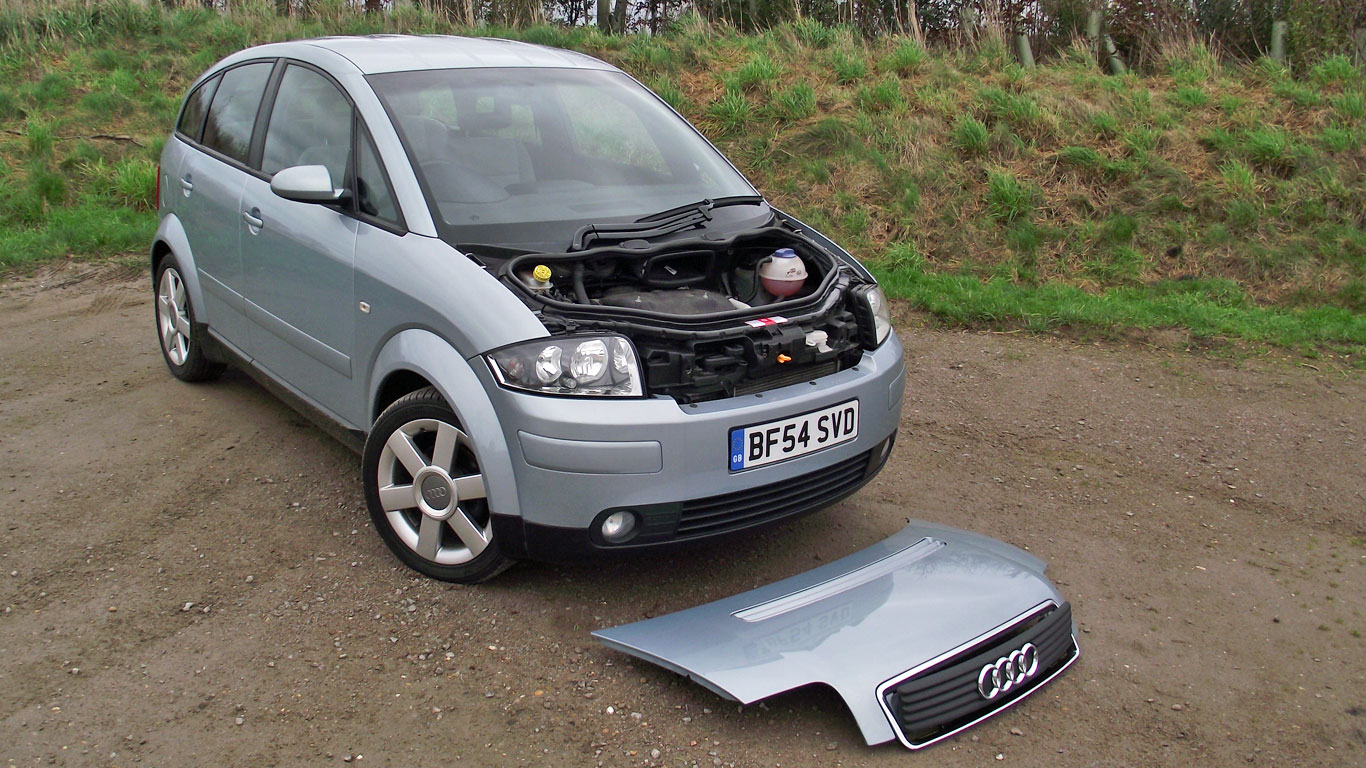
Audi A2 buyers had a choice of two petrol engines. There’s the 75hp three-cylinder 1.4, which has a tendency to seem underpowered, or a 110hp 1.6 that feels a tad feistier.
However, the 1.4-litre three-cylinder TDI diesel was better regarded in its day. It was available with 75hp, or the more powerful 90hp version (driven here) after 2003.
What’s it like to drive?
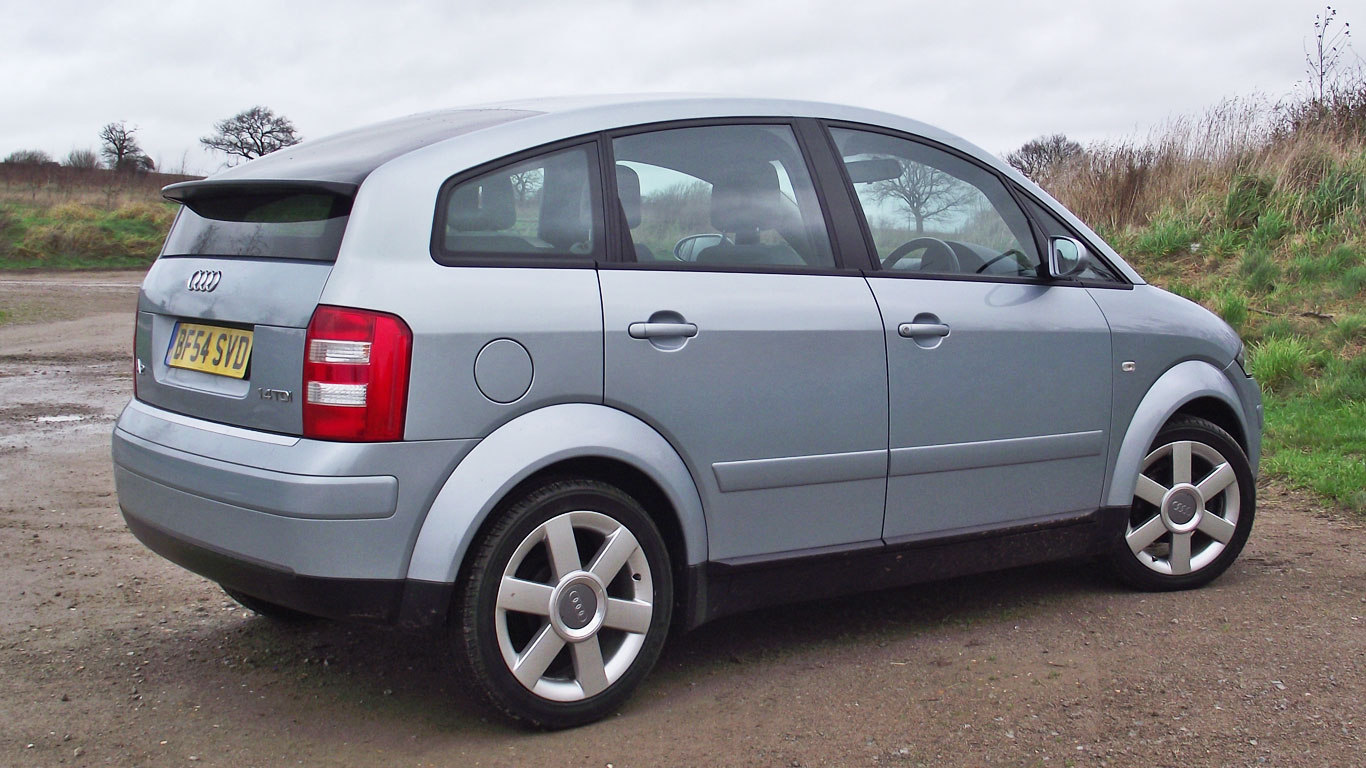
Low weight means the 90hp diesel Audi A2 feels a lot quicker than you’d expect – and faster than its 10.9-second 0-62mph time would suggest.
It’s a clattery old engine by today’s standards, though – noisy at idle, but getting more characterful as you give it some beans. It likes to be given said beans, too; its narrow power-band is higher up the rev range than you’d expect if you’re accustomed to modern diesels.
It’s a really fun car to drive around town, with light steering and a tight turning circle. Our biggest criticism, and the biggest issue in its day (apart from the price), is its ultra-firm ride. Still, that does translate into a car that handles surprisingly well out of town. On motorways, it’s still sprightly enough, if not particularly quiet.
Reliability and running costs
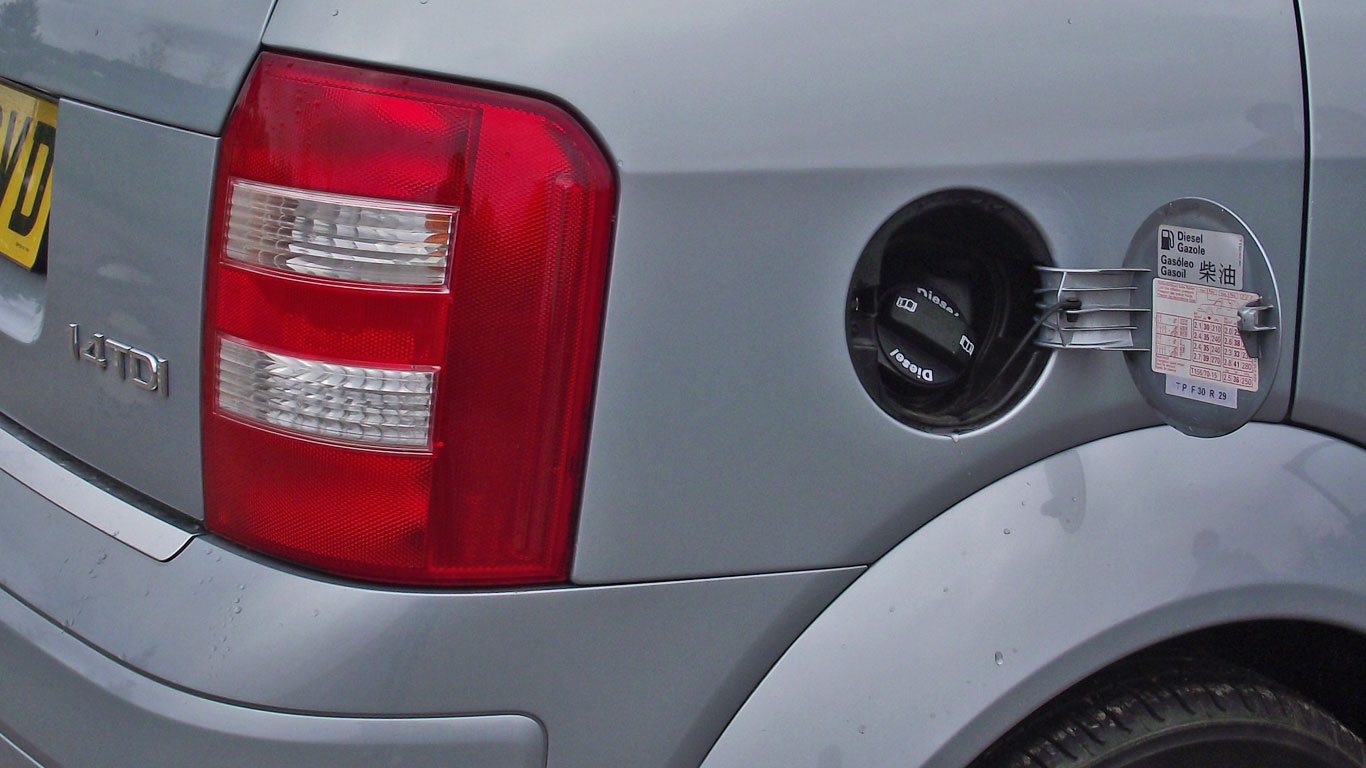
The A2 has typical Audi build quality, so there shouldn’t be a lot that goes wrong with it. The cambelt needs changing every 60,000-80,000 miles, so budget £500 for that, and make sure it’s serviced regularly.
With its official 65.7mpg fuel economy figure, the A2 should be cheap to run – and its 42-litre fuel tank should equate to more than 600 miles before you have to fill up.
Insurance might be costlier than you’d expect, though, as the aluminium body panels are expensive to repair.
Could I drive it every day?
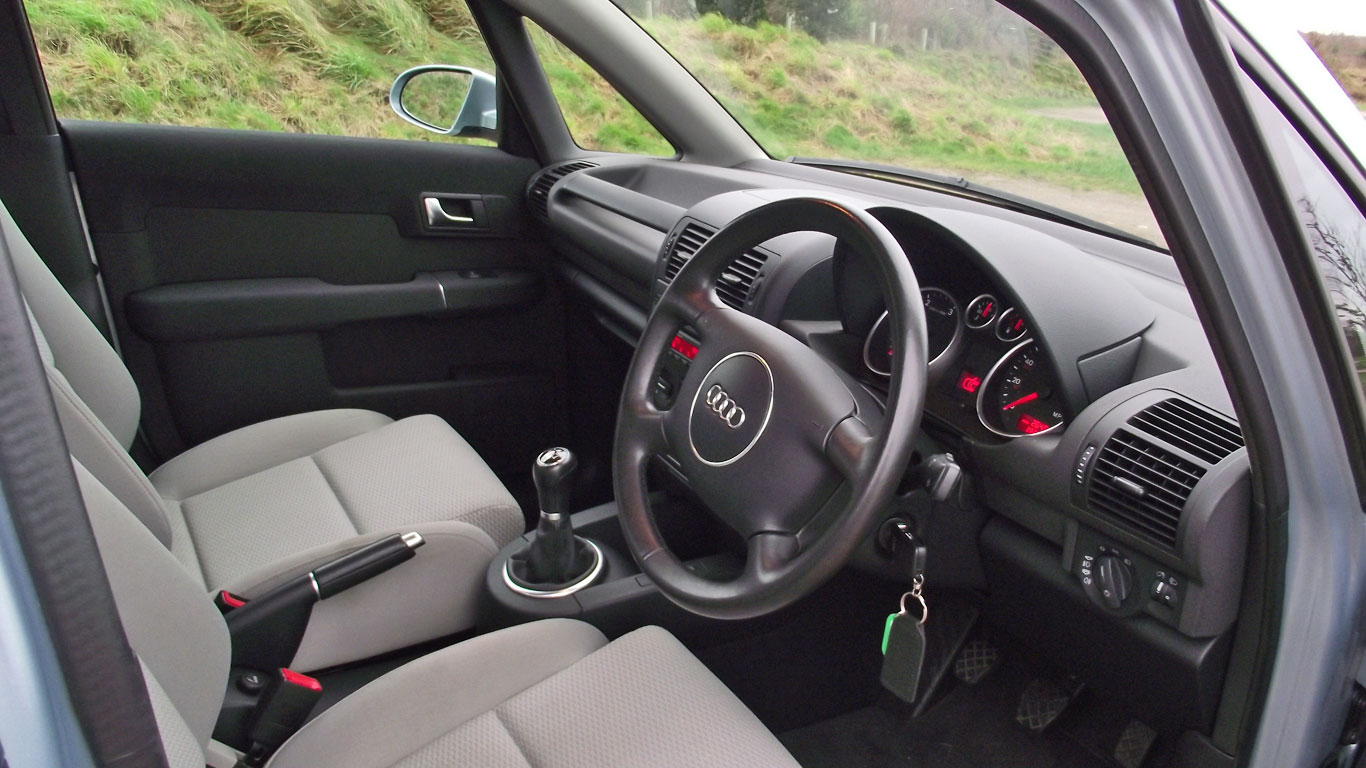
Absolutely you could. If motorway miles are your thing, you’ll find a bigger Audi of the same age much more agreeable. But the A2 offers a fun drive for those who spend more time in urban areas.
At less than 1.7m wide, it’ll squeeze through tight gaps, while it’s also a doddle to park. Its clever packaging means it’s surprisingly practical, and the rear seats fold down if you need extra boot space.
How much should I pay?
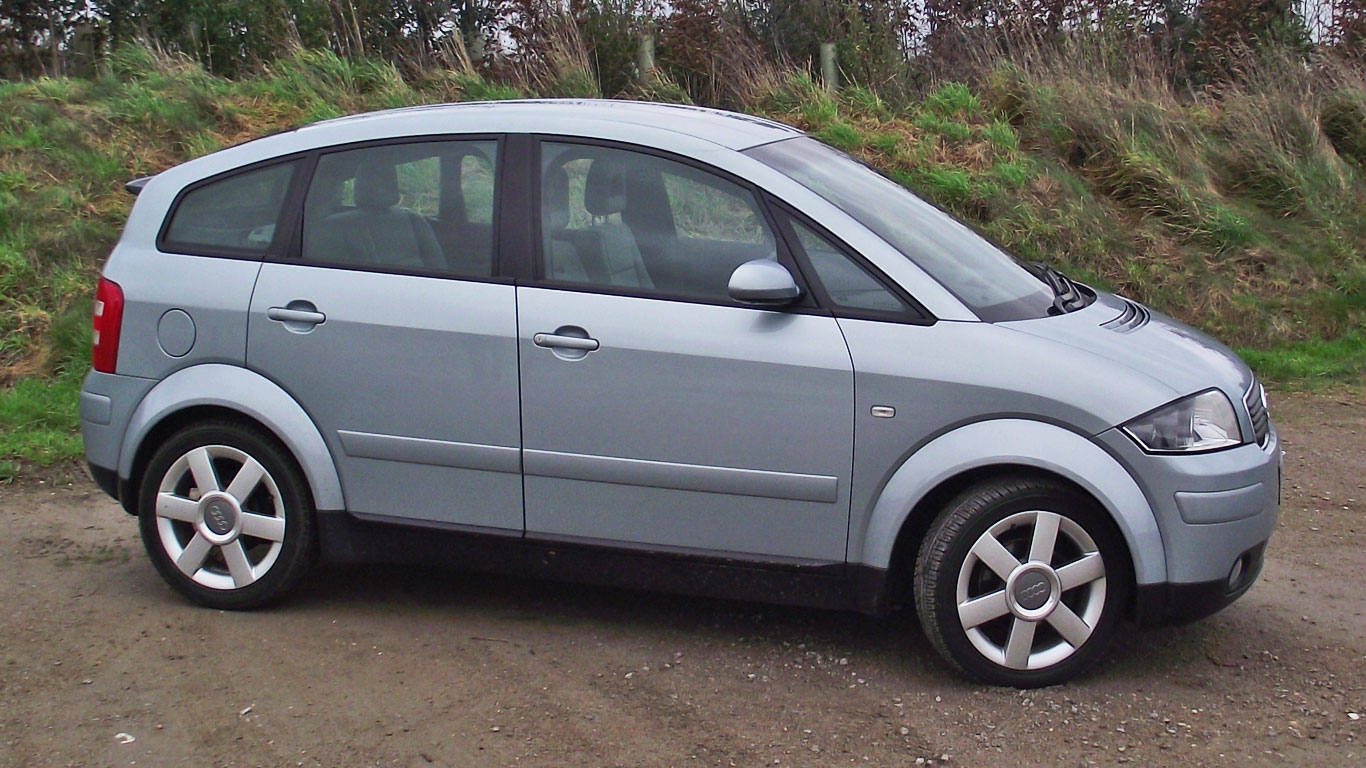
The Audi A2 was always expensive. The list price of this model was more than £16,000, while some owners apparently payed more than £20,000 with options.
Relative rarity and timeless looks mean the A2 held onto its value well for a while, but they are now hovering somewhere between ‘banger territory’ and ‘appreciating modern classic‘.
You can find one for around £1,000, but you’d be wise to double that budget if you want a fairly tidy diesel.
What should I look out for?
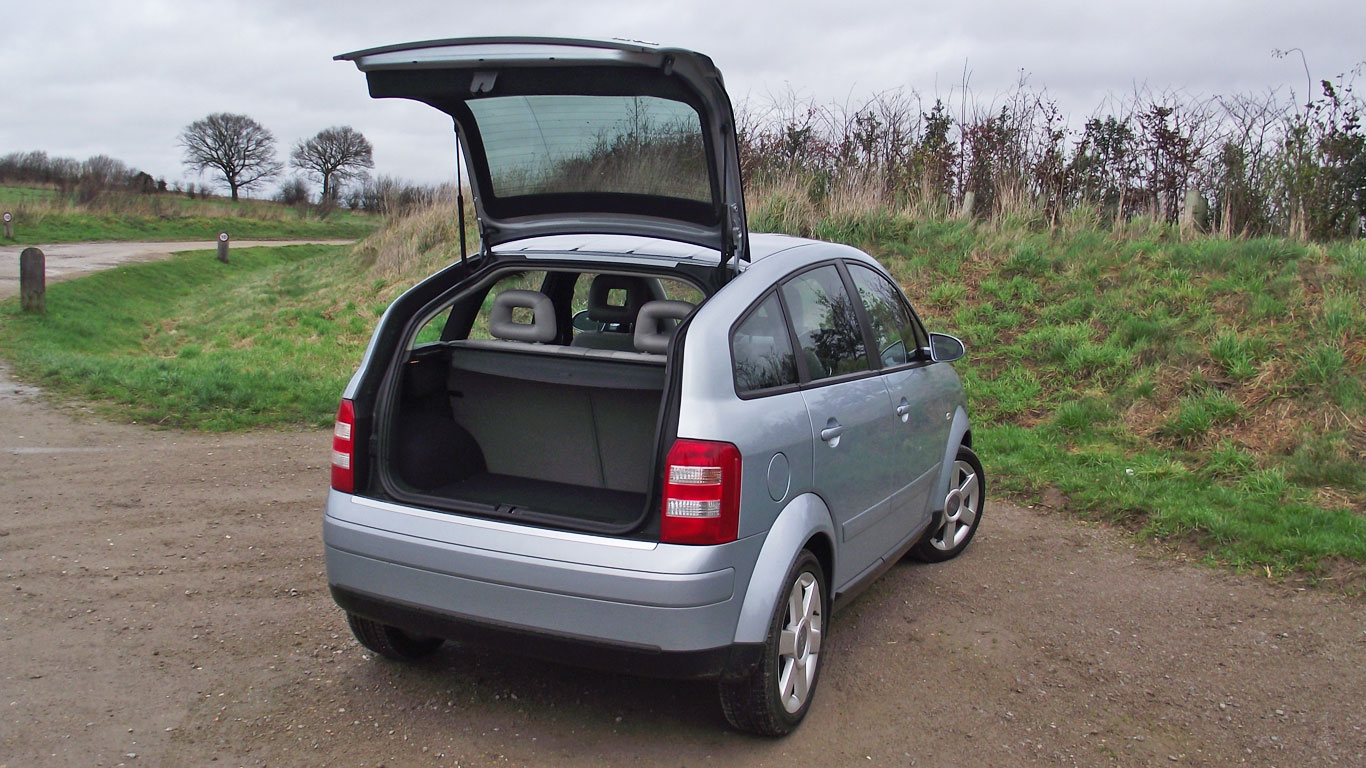
The usual stuff, really. Has the cambelt been changed, and has the car been regularly serviced? Also look out for any that have been repaired badly.
The aluminium construction is tricky (and thus costly) to fix, so walk away if corners have been cut.
Should I buy one?
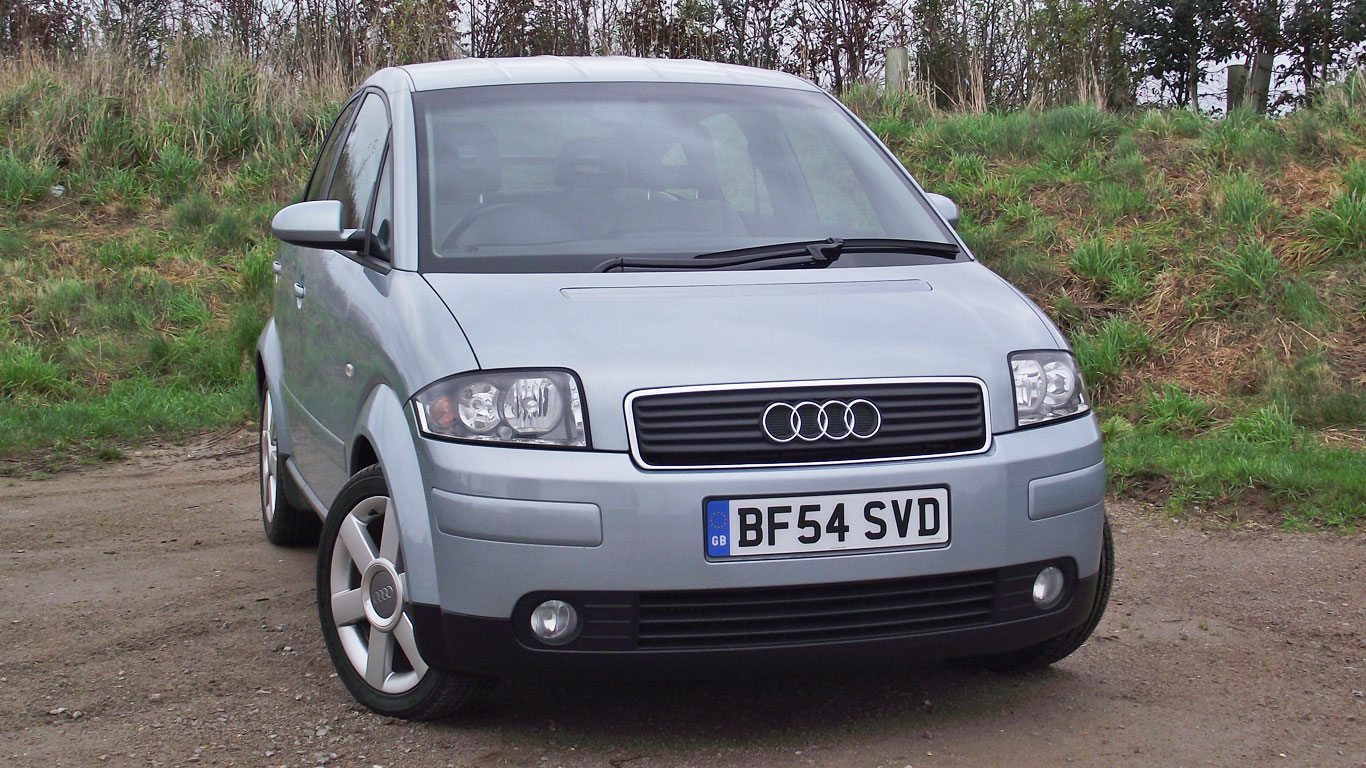
Very few cars have resulted in as much classified browsing in the Retro Motor office as the Audi A2.
It’s a flawed car by today’s standards, but its design has aged so well. There’s no doubt that it’s a classic-in-waiting, so buy a good one and look after it.
Pub fact
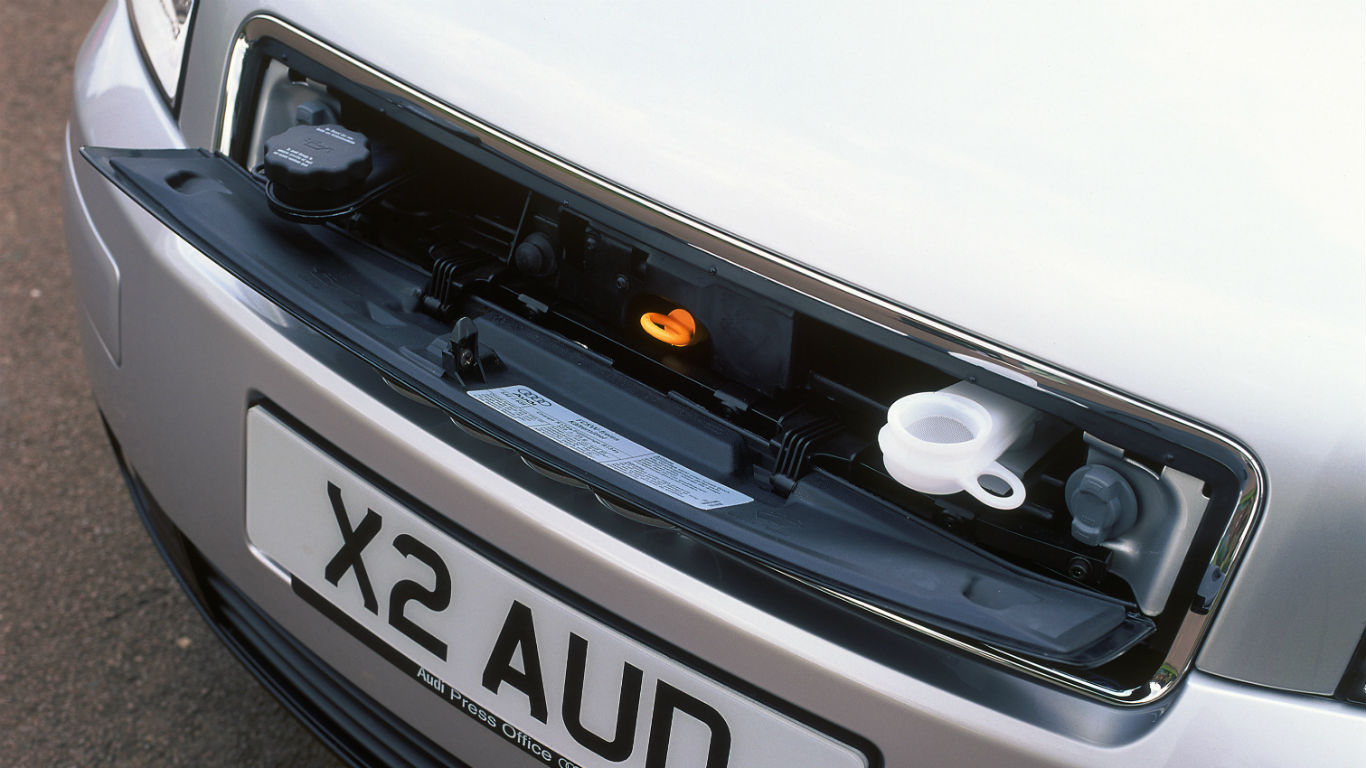
Audi decided the A2 could go without a traditional bonnet. Instead, it fitted a service hatch for easy access to the car’s essential fluids.
If you want access to the engine, you have to unscrew two catches and lift off the 8kg bonnet. It’s easy enough, but in reality most owners will have little need.
ALSO READ:
Great Motoring Disasters: Audi A2
1996 Audi RS2 review: Retro Road Test
Vorsprung durch Technik: Audi’s unstoppable rise


